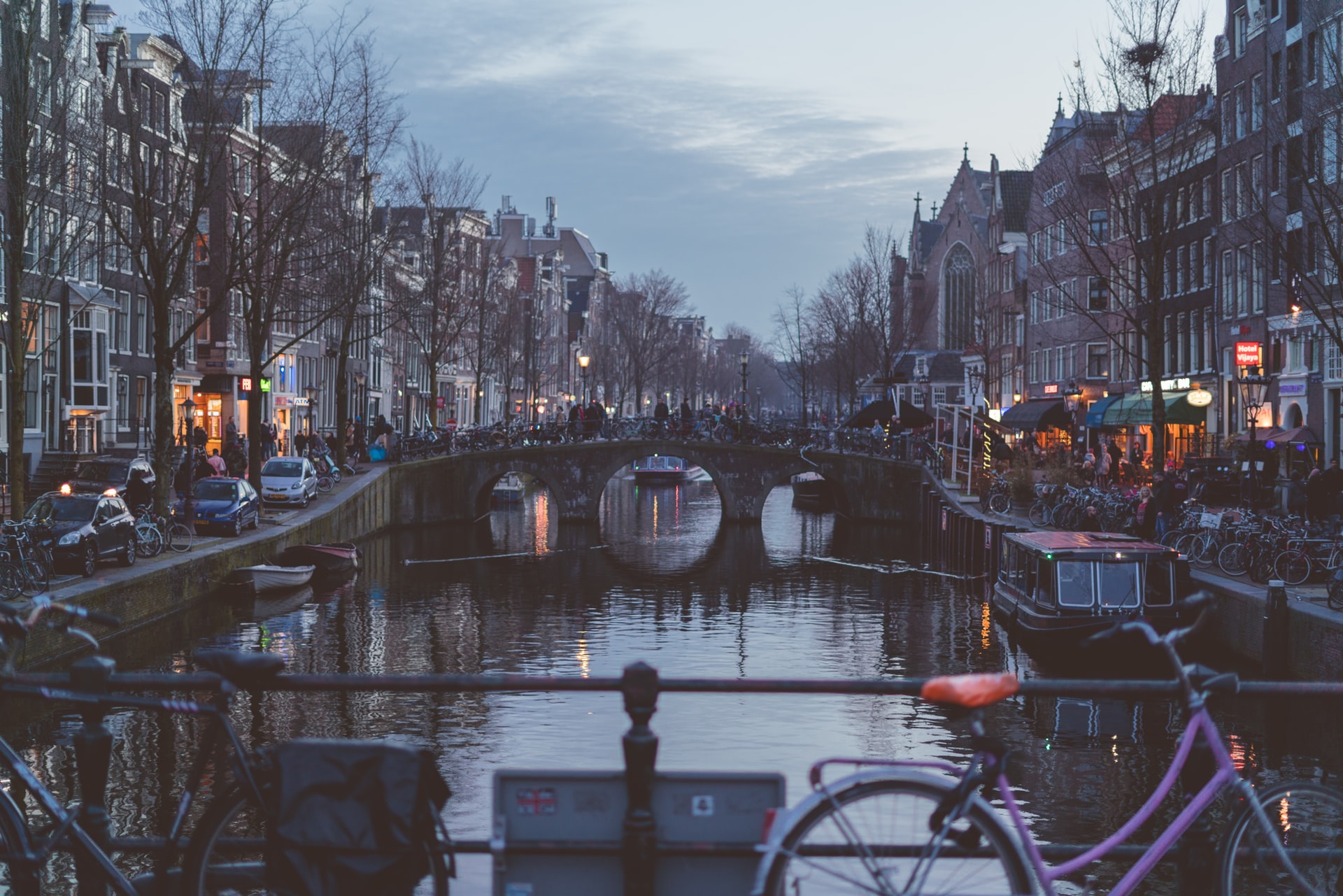Why are cities crucial to a circular economy?
The EU is highly urbanized, with 75% of its citizens living in urban areas. Yet our urban way of living is hugely pollutive, with cities accounting for 78 percent of the world’s energy consumption as well as generating 60 per cent of global greenhouse gas emissions, according to the figures from UN Habitat.
This clearly illustrates that cities can intensify the effects of climate change – but they can also be part of the solution.
The role of cities in achieving climate neutrality cannot be overlooked. Cities are centres of innovation and economic activity that can become the driving force behind a transition to a circular economy. The concept of circular cities has thus become increasingly prevalent in recent years. They are part of the EU’s overarching goal of transitioning to a carbon-free society and hence innovative urban planning has been introduced into the Circular Economy Action Plan as a vital feature of the European Green Deal.
What are circular cities and why are they essential for a sustainable future?
Circular cities incorporate circular economy principles such as regenerative economy, sharing economy, optimizing material use, loop economy, virtualization (moving libraries, archives, etc. online) and knowledge exchange. Implementing those principles can yield a healthier urban environment. For instance, as people increase their use of shared transportation and zero-emission engines, the air becomes less polluted. Land previously used for parking and roadways is transformed into green spaces. A new system of resource management and resource flow allows products to be returned, sorted, and reused. As such, the benefits attached to circular cities include cost reductions, new employment opportunities, and more effective management of climate change and biodiversity loss.
However, there is no single definition of circular cities. Every city is different and has a different approach to the idea of a clean, circular economy, whose ultimate goal is to extend the life span of objects and thus limit overconsumption. In principle, circularity can be defined as ‘a transformation in how our societies relate to materials; the aim is to generate a cycle or value chain that prevents waste.’
Circular principles in cities can be applied in a bottom-up or top-bottom approach. In the bottom-up approach, NGOs, local communities, and businesses initiate social movements and innovations. In a top-bottom approach, institutions such as local governments implement strategies, policies, and laws concerned with developing circular solutions for the city.
Thus, it is clear that circular cities are intrinsically linked to the transition towards a carbon-neutral society. Cities are essential in promoting the shift from a linear to a circular economy and can do so by engaging in participatory models of engagement with citizens, businesses, and the research community. In this way, a circular city would encourage business models and economic behaviour that thrive on a model of consumption based on closed loops by preserving the value and utility of products for sustained periods of time. In other words, circular cities aim to regenerate resources rather than encourage exploitation and waste generation.
It is important to note that we need a holistic approach to facilitate the transition to a circular economy. Unfortunately, individual businesses cannot be the sole actors in the shift towards sustainability. Urban areas should be envisioned as ecosystems that involve all players from local governments and businesses to universities and citizens, who can all work together to create circular solutions for their cities to become more sustainable. This transition is a very complex process. However, we already have some good examples of circular cities in Europe.
Where are Europe’s circular cities?
In the European Union, we have several programs that aim to unlock the potential of cities for a circular economy. For example, as a part of Horizon 2020, several cities participated in the REFLOW project. It aims to create circular cities by implementing regenerative resource flows and by enabling active citizen involvement and systemic change to rethink the current approach to urban economies.
There are currently six cities from countries within Europe, including Italy, Germany, the Netherlands, and Romania. Each pilot project concentrates on a different aspect of the circular economy. Cluj-Napoca, for example, focuses on the city’s energy efficiency, whereas Amsterdam concentrates on the textile life cycle. Other cities are focusing their efforts on the food industry, plastics, renewable energy, temporary construction and event infrastructure such as tents, stages, etc.
In the example of Cluj-Napoca, the city hall, local companies, the energy sector, universities and the civil society all coordinate their efforts to improve urban energy efficiency by analyzing the status quo, finding new circular solutions and raising awareness about the energy transition, while also engaging new organizations to join the pilot project. As it can be seen, this project involves all stakeholders, but it focuses only on one element of the economy, mainly energy. However, the Reflow project has pilot projects in different areas of the economy, and all of them together create good practices for circular cities as a whole.
There are other circular cities initiatives that help to facilitate the transition from linear to circular cities. Examples include the Circular Cities Declaration, Circular Cities Funding Guide, circular-city.eu, among others. Furthermore, several cities such as Amsterdam, Rotterdam, the Hague or Barcelona started developing and implementing circular strategies, and some of them aim to become fully circular by 2050. So check if your city has a circular strategy too!

